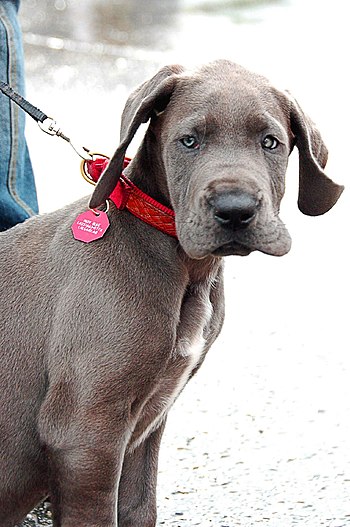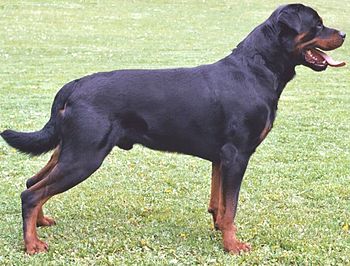Most people associate rabies with dogs. However, rabies in cats is much more common nowadays. This disease is caused by a virus that is almost always deadly.
 |
| Got Rabies? - Photo by cbgrfx123 |
Transmission
The virus that causes feline rabies is carried in the saliva of animals. These infected animals can transmit the disease to other mammals by biting them. This is the most common method of transmission. However, cats may also become infected if they have an open cut that allows the virus to enter their body. Some cats get the disease when they eat an animal that has the disease.
Symptoms
If your cat has this disease, he will be very irritable and excitable. Rabies in cats can also cause symptoms such as lack of appetite and seizures. As the disease progresses, it leads to paralysis of muscles. This paralysis causes respiratory distress and eventually death.
Diagnosis
Currently, there is one main method to diagnose feline rabies. The affected cat’s brain will have to be examined in a laboratory under a microscope. Obviously, this must be done after the animal has already died from the disease.
Treatment
Unfortunately, there is no treatment for rabies in cats. Once your cat begins to show symptoms, there is nothing you can do about it. Since the disease causes a very painful death, it is common for cats suspected of having the disease to be euthanized. It is very rare for any animal to survive a bout with this virus.
Prevention
The best way to prevent feline rabies is to have your cat vaccinated. In most parts of the United States, it is require by law. You should have him vaccinated at three months of age and again when he turns one year old. When your cat reaches two years old, he will likely receive a booster shot that remains effective for three years. You should also try to limit your cat’s exposure to wild animals that may carry the virus.
Rabies is a very serious disease. There are also many other serious diseases and conditions that may affect your cat in the future such as feline feline herpes virus So, stop by common-cat-diseases.com to learn about more of these other conditions like the feline leukemia virus.






















